5 Fixes for Poor Boring Performance
When it comes to boring, there are several factors that can lead to poor performance. Whether it’s long cycle times, short tool life or poor bore quality, any or all these factors may need to be addressed in order to increase productivity. Although different, these issues are often closely linked in a given application.
Below are five things you can think about when working toward efficiently and repeatably achieving that perfect bore. Keep in mind that changing one parameter may mean another also has to be changed to get the desired results. It’s recommended to change one factor at a time when making test cuts so you can more easily recognize how it affected the results.
1. Compensate for Part Instability
Fixtures aren’t usually the first points of consideration, but it can seriously impact tool performance if the part is unstable during machining. The machine center isn’t always considered a culprit either, but even if a part is soundly fixtured, its size and power will influence cutting parameters.
Just because the same roughing head can be put into 50, 40 and 30 taper spindles with the help of a modular system, doesn’t mean similar results should be expected for all three spindle sizes. The same holds true for the depth of bore. A three-inch diameter bore, 10-12 inches deep will work fine on in a 50-taper spindle and in a 40-taper (with extensions), but anything smaller than a 40-taper machine wouldn’t support the application.
Worn machine spindles and unstable fixtures are usually factors that cannot be changed and must be worked around. Sometimes these factors can kill an application altogether, but usually changes in insert types or cutting parameters will provide a solution.
2. Use the Right Tool with the Desired Stock Allowance
Many times, it’s difficult to know how much stock to leave for boring applications. While it’s often comfortable to rely on more familiar speeds/feeds and stock allowances needed in turning applications, they don’t always directly apply to boring.
This is especially true in rough boring applications where a twin cutter is being used. While it’s common to see drills used so close to the final size that only .020"-.030 " stock is left on diameter, that simply isn’t enough material to engage both insert tips on a twin cutter, leading to chatter and poor tool performance. Parts without enough stock allowance and an open tolerance (+/-.010” on the diameter) will work best with a single-point tool, or a twin cutter with one of its insert holders removed.
On the other hand, parts that have cored holes can have too much material to remove if the cored hole is not in the correct position. Even though the core diameter is within typical rough boring standards for stock allowance, the core shift can result in the twin cutting tool taking more material on one side of the bore than the inserts are meant for.
3. Assemble Tools for the True Bore Depth
Too often, boring tools are selected for an application based on a required bore diameter and gage length, without considering the actual bore depth and the extra reach required. For example, an application may require eight inches of reach through the part and/or fixture just to get to the bore, and only two inches of boring depth. This can be quite different than an application that requires a boring depth of 10 inches.
Modular tooling systems offer an infinite number of combinations for maximum rigidity and usage. In cases where extra tool length is needed, it is important to start with a larger base size and then reduce the tool diameter down as necessary rather than using the same bar diameter for the entire length of the tool.
4. Insert Grade and Geometry
Inserts are the critical contact point between workpiece and tool. However, the most rigid boring assembly can perform miserably if the insert is not suited to the application.
Insert grade means little if the geometry does not provide a stable cut. Pressed geometry inserts usually hold up longer in stable conditions, but the radial depth of cut should be at least one-half of the nose radius of the insert. Inserts with ground geometry are crucial due to factors such as deep or long-reach bores, long-chipping materials and instability issues.
Insert grades and coatings are continuously being upgraded to maximize assembly performance. For steels, cermet and triple-coated carbide grades are most common. Coated carbide grades also are used in cast iron applications, but stable conditions will also permit the use of Silicon Nitride and some Cubic Boron Nitride (CBN) grades. Just remember that a stable cut is the first step toward the goal of longer insert life.
5. Speeds and Feeds
When all other factors have been considered, it’s time to determine the appropriate speeds and feeds to run the tools. These parameters play an important role in obtaining optimum free cutting conditions. Ideally, the boring bar is run at high speeds and more moderate feed rates, but based on the previously listed conditions, this can be limiting.
A common mistake during rough boring is to simply multiply single-point feed rates by two when using a twin cutter. This usually is an ineffective calculation; twin cutters can operate at feeds four times faster than those of finishing tools for the same diameter because a much larger nose radius can be used. For example, if finishing with a .008 or .016 nose radius, a .031 nose radius insert could be used for roughing. This alone doubles the size of the nose radius and using twin inserts increases that to four.
Typically, roughing doesn’t require the very fine surface finishes, so more rigid tools can be used at higher speeds. Feeding a twin cutter too slowly will lead to chatter without the right stock allowance. Rough cutters are designed for heavier cuts, requiring more material and harder feed rates. If heavier cuts are being taken, running at a very high speed will create a lot of heat, reducing insert life. Lighter cuts don’t produce as much heat, so they can be run at much higher surface feeds.
Each of these factors is individually important and must be considered. If any one of these is excluded, the whole application can be thrown off. For example, if bore depth or tool length isn’t appropriately explained, the tool may need to be reassembled to work properly—just like good insert geometry won’t make up for a machine that can’t handle an application.
Any one of these factors may be more significant in different applications, so remember to consider each of these criteria to be set up for success.
To learn more about our boring tools or to speak with one of our experts about resolving your poor boring performance, contact us at 224.770.2999 or email info@us.bigkaiser.com



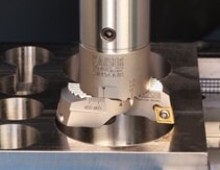
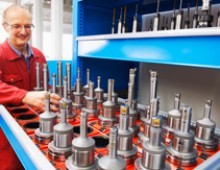
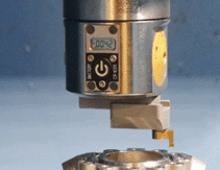
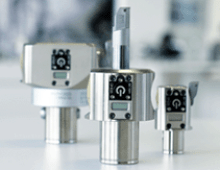
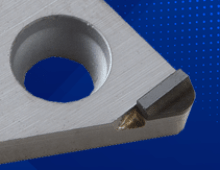
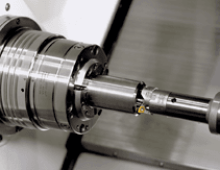
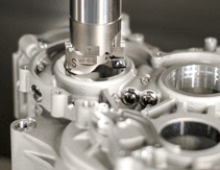
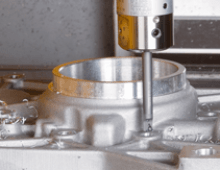
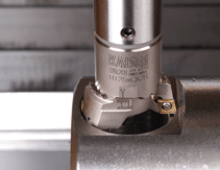
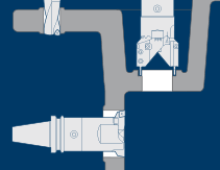
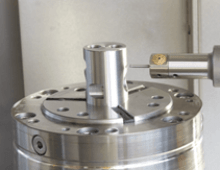
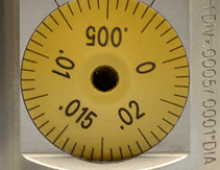
Did you find this interesting or helpful? Let us know what you think by adding your comments or questions below.